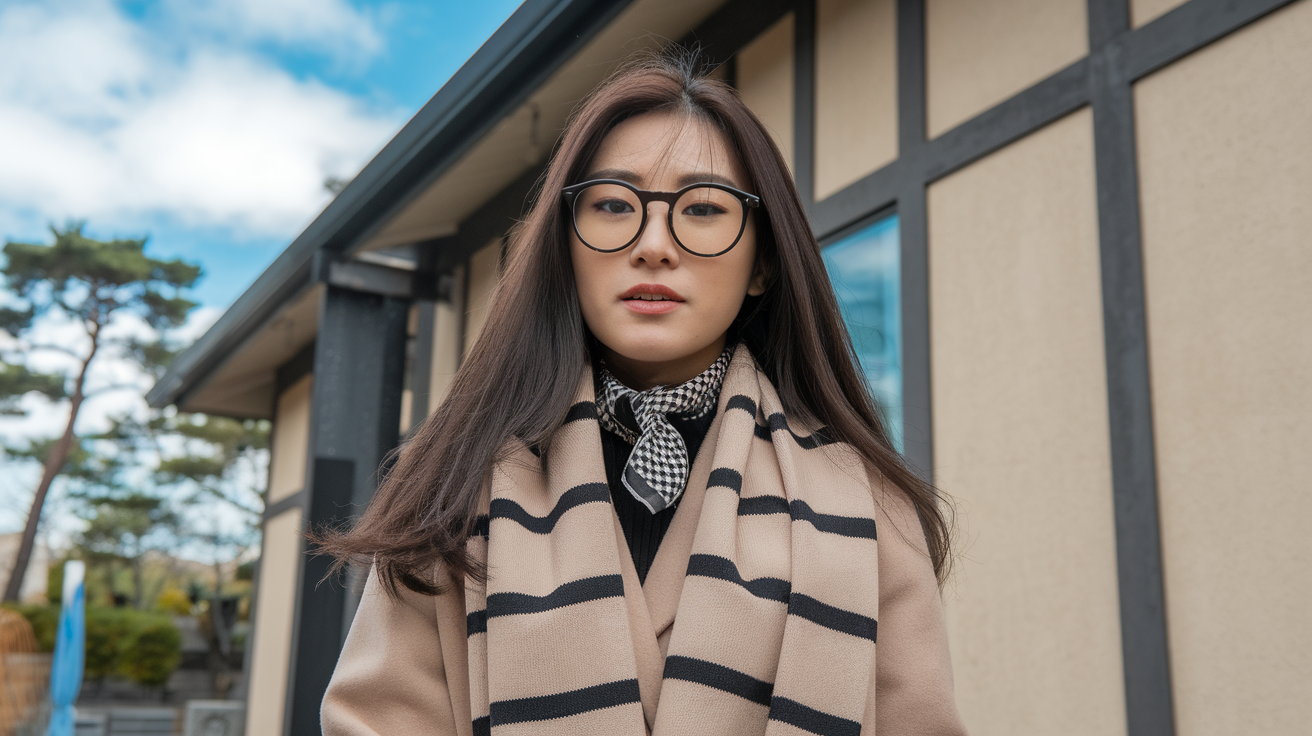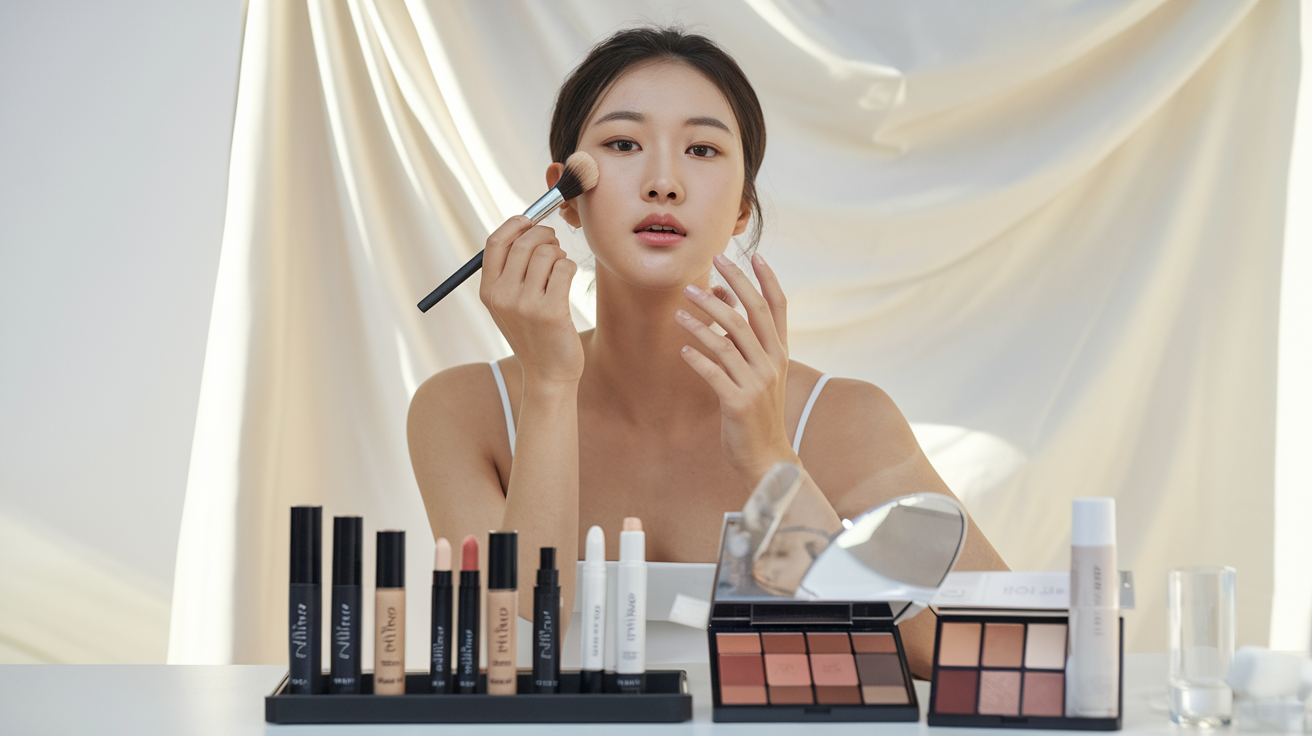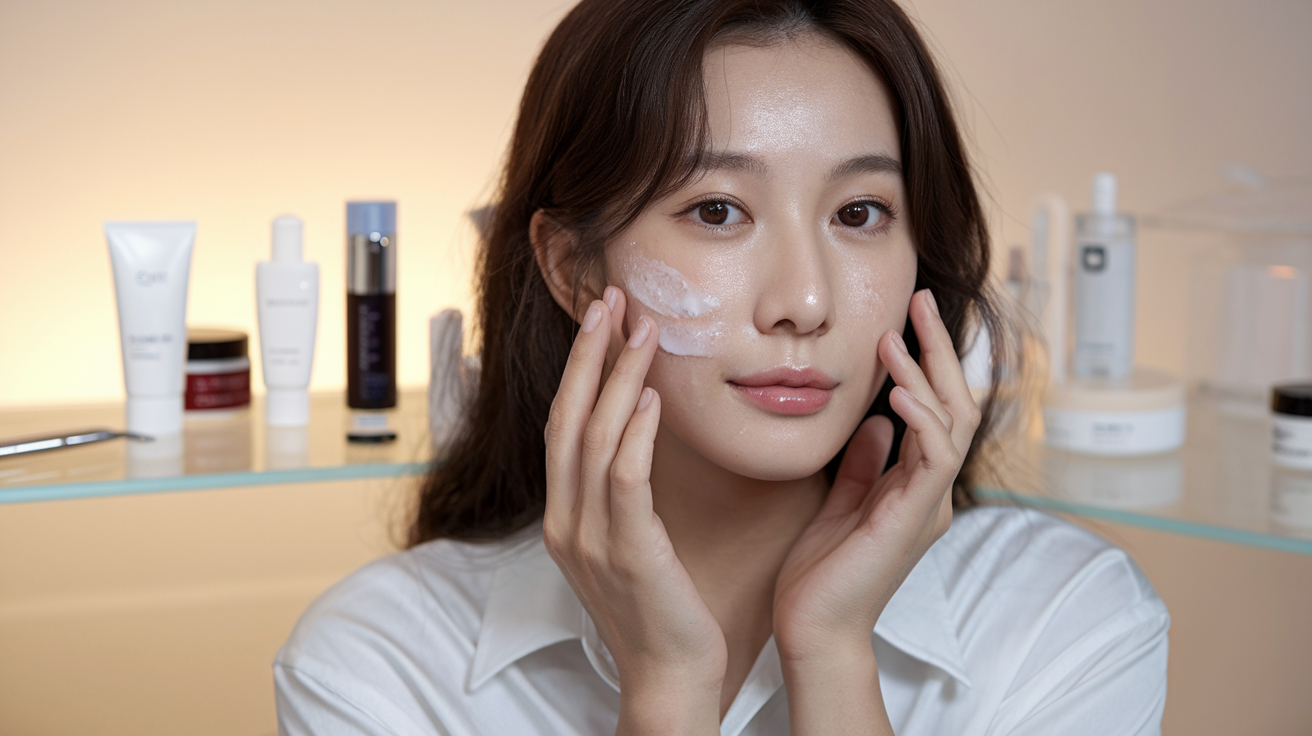In recent years, the beauty industry has experienced a significant transformation as Korean beauty trends have gained international recognition and popularity. K-beauty has captivated consumers worldwide with its innovative approach to skincare and cosmetics, offering unique products that promise remarkable results. As Korean beauty trends continue to expand globally, e-commerce businesses are discovering that success in different markets requires more than just making products available—it demands a thoughtful approach to localization.
The Rise of Korean Beauty Trends in Global Markets
Korean beauty trends have revolutionized how people approach skincare and makeup routines across the world. The philosophy behind K-beauty emphasizes long-term skin health rather than quick fixes, focusing on prevention and maintenance through multi-step routines. This approach has created a devoted following among consumers who appreciate the science-backed formulations and innovative ingredients that characterize these products.
The global fascination with Korean beauty trends extends beyond just the products themselves—it encompasses an entire culture of self-care and beauty rituals. From sheet masks to cushion foundations, Korean innovations have disrupted traditional beauty categories and created entirely new ones. This phenomenon has prompted beauty enthusiasts worldwide to embrace these techniques and incorporate them into their daily routines.
E-commerce platforms have played a crucial role in spreading Korean beauty trends globally. Online shopping makes these once-exclusive products accessible to consumers who may not have physical stores in their regions, allowing K-beauty brands to reach markets they never could have entered otherwise. However, simply making products available isn’t enough to ensure success in diverse international markets.
Understanding Localization in E-Commerce
Localization refers to the process of adapting a product, service, or content to meet the specific needs and preferences of different markets. For Korean beauty trends and products being sold through e-commerce platforms, effective localization goes far beyond basic translation services. It requires a comprehensive understanding of local cultural nuances, beauty ideals, consumer behaviors, and regulatory requirements.
When properly implemented, localization creates a seamless shopping experience that feels native to each market. This tailored approach builds trust and credibility with consumers, who are more likely to engage with and purchase from brands that demonstrate cultural awareness and sensitivity to their unique needs.
For Korean beauty trends to truly grow in international markets, brands must recognize that beauty standards, concerns, and practices vary significantly across cultures. What works in Seoul may not resonate with consumers in Paris, New York, or Dubai. Understanding these differences and adapting accordingly is key to successfully introducing Korean beauty trends to new audiences.

The Impact of Cultural Differences on Beauty Preferences
Beauty ideals and standards vary dramatically across different cultures, influencing consumer preferences and purchasing decisions. For instance, skin tone preferences differ widely around the world. While many East Asian beauty standards traditionally value fair skin, Western markets often prioritize tanned complexions. These contrasting preferences directly impact how products should be marketed and what benefits should be emphasized to appeal to local audiences.
Similarly, skincare concerns vary by region due to differences in climate, lifestyle, and genetic factors. Consumers in humid tropical regions may prioritize oil control and pore minimizing products, while those in dry climates seek intense hydration. Understanding these regional variations is essential for Korean beauty brands looking to position their products effectively in different markets.
Age-related beauty concerns also differ across cultures. In some markets, anti-aging products are sought after primarily by older demographics, while in others, preventative anti-aging skincare is embraced by consumers in their early twenties. By recognizing these nuances, brands can better align their messaging and product positioning with local expectations and needs.
A Critical Aspect of Localization
One of the most challenging aspects of bringing Korean beauty trends to international markets involves navigating the complex landscape of regulatory requirements. Different countries have varying standards regarding ingredient safety, product labeling, and marketing claims. Failure to comply with these regulations can result in products being rejected at customs, costly recalls, or legal penalties.
In the European Union, for example, cosmetic products must adhere to strict regulations outlined in the Cosmetic Products Regulation (EC) No 1223/2009. This includes having a comprehensive Product Information File (PIF), listing ingredients according to the International Nomenclature of Cosmetic Ingredients (INCI), and avoiding prohibited substances. The EU also has specific requirements for allergen labeling and restrictions on certain marketing claims.
The United States operates under different regulatory frameworks through the Food and Drug Administration (FDA), which has its own set of permitted and restricted ingredients. Additionally, you must substantiate product claims, and certain products may classify as drugs rather than cosmetics based on their intended use and marketing language.
For Korean beauty brands, successfully navigating these regulatory differences requires thorough research and often legal consultation to ensure compliance in each market. This aspect of localization is not merely about market acceptance but is a fundamental prerequisite for legally selling products across borders.
Language and Communication
Effective communication is at the heart of successful localization for Korean beauty trends. While translation is an essential component, true localization goes beyond word-for-word conversion to capture the nuances, idioms, and cultural references that resonate with local consumers.
Product descriptions must be adapted to emphasize benefits that matter most to different markets. For instance, while Korean consumers might be familiar with terms like “chok chok” (referring to dewy skin), these concepts may need more explanation or alternative terminology in Western markets. Similarly, ingredient highlights should focus on components that have positive associations in the target market.
Marketing materials—including website content, social media posts, and email campaigns—need to reflect local communication styles and expectations. Some cultures respond well to direct, fact-based communication, while others prefer storytelling and emotional appeals. Understanding these preferences helps brands create content that connects effectively with their audience.
Customer service represents another critical communication channel that requires localization. Providing support in local languages with an understanding of cultural expectations regarding service interactions can significantly enhance the customer experience and build brand loyalty.

Adapting Digital User Experience for Local Markets
The digital shopping experience itself must be tailored to meet the expectations and preferences of different markets. Website design, navigation patterns, and checkout processes should align with local e-commerce conventions to create a familiar and comfortable shopping environment.
Payment preferences vary significantly across regions. While credit cards may dominate in North American markets, European consumers often prefer bank transfers, and many Asian markets have embraced mobile payment systems. Offering preferred local payment methods reduces friction in the purchasing process and increases conversion rates.
Mobile optimization is particularly important in markets where smartphones are the primary means of internet access. In many emerging markets, consumers may bypass desktop computing entirely and shop exclusively through mobile devices, making responsive design essential.
Pricing and Shipping Strategies Across Borders
Effective localization of Korean beauty trends for international e-commerce must include thoughtful pricing strategies that consider local purchasing power, competition, and consumer expectations. Simply converting prices from Korean won to local currencies without considering market conditions can position products inappropriately, either appearing too expensive or undervaluing products.
Shipping and fulfillment present additional challenges. Consumers increasingly expect fast, affordable (or free) shipping options. Korean beauty brands must develop strategies to meet these expectations, which might include establishing international warehouses, partnering with local distributors, or offering tiered shipping options.
Import duties and taxes vary widely between countries and can significantly impact the final price consumers pay. Transparent communication about these additional costs helps prevent unpleasant surprises at checkout, which can lead to abandoned carts and negative brand impressions.
Marketing Strategies That Transcend Borders
Marketing Korean beauty trends effectively in international markets requires adapting strategies to align with local consumer behaviors and cultural contexts. Different channels may dominate in different regions—while Instagram might be crucial for reaching beauty enthusiasts in the United States, platforms like Xiaohongshu would be more effective in China.
Influencer partnerships should focus on local voices who understand the nuances of their market and have credibility with the target audience. These partnerships are especially powerful for introducing unfamiliar Korean beauty trends to new markets, as trusted local voices can help explain concepts and demonstrate the value of new approaches.
Content creation should reflect local beauty concerns, aesthetics, and seasonal relevance. For instance, brands emphasize sun protection year-round in tropical markets but seasonally in temperate regions. Similarly, they align holiday promotions with local celebrations and gift-giving traditions.
The Future of Korean Beauty Trends in Global E-Commerce
As Korean beauty trends continue to gain momentum worldwide, the importance of sophisticated localization strategies will only increase. Brands that understand and adapt to local markets position themselves for sustained success in the competitive global beauty industry.
Emerging technologies are creating new opportunities for enhanced localization. Artificial intelligence can help brands analyze market-specific data to identify trends and consumer preferences. Augmented reality tools allow for virtual try-on experiences tailored to different skin tones and features. These innovations can help bridge cultural gaps and create more personalized shopping experiences.
The future will likely see greater collaboration between Korean beauty brands and local experts who can provide invaluable insights into market-specific needs and opportunities. This collaborative approach can lead to products specifically formulated for different markets or exclusive collections that address local concerns while maintaining the innovative spirit that makes Korean beauty trends so appealing.

Conclusion
For Korean beauty trends to achieve their full potential in international markets, localization must be recognized as a fundamental component of global e-commerce strategy. The brands that will thrive in diverse markets are those that maintain their authentic Korean beauty heritage while thoughtfully adapting to meet the unique needs and preferences of consumers worldwide.
Investing in professional localization helps K-beauty brands connect with global consumers across cultural boundaries. Wave Translations ensures compliance, product adaptation, and effective marketing strategies for successful international expansion. This approach not only boosts short-term sales but also fosters long-term brand loyalty in a competitive market.
As Korean beauty trends continue to reshape the global beauty industry with innovation and unique formulations, brands that embrace cultural sensitivity and market awareness gain devoted customers worldwide. Localization acts as a bridge, bringing beauty enthusiasts together and creating a shared appreciation for K-beauty across different regions.

